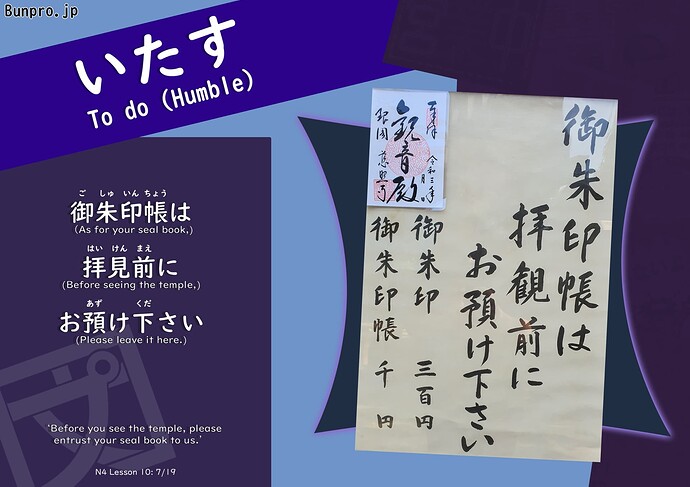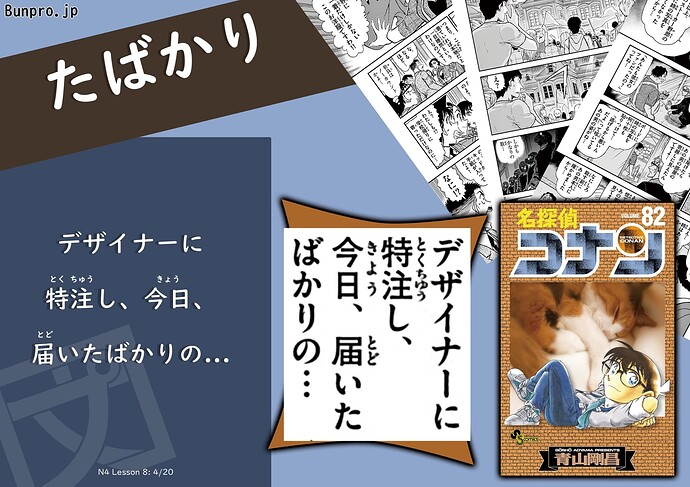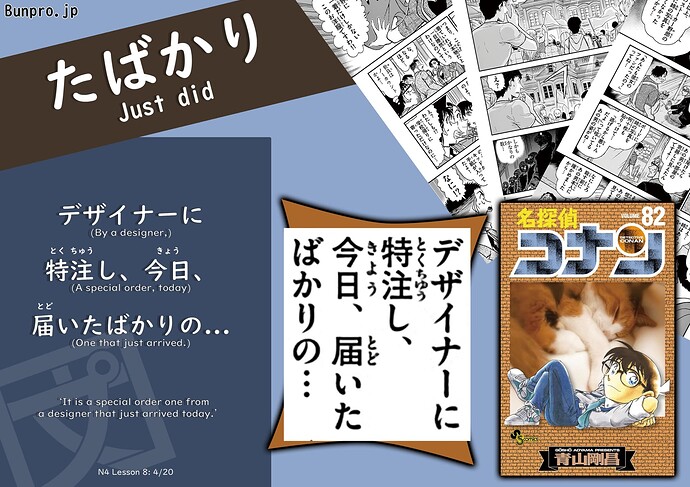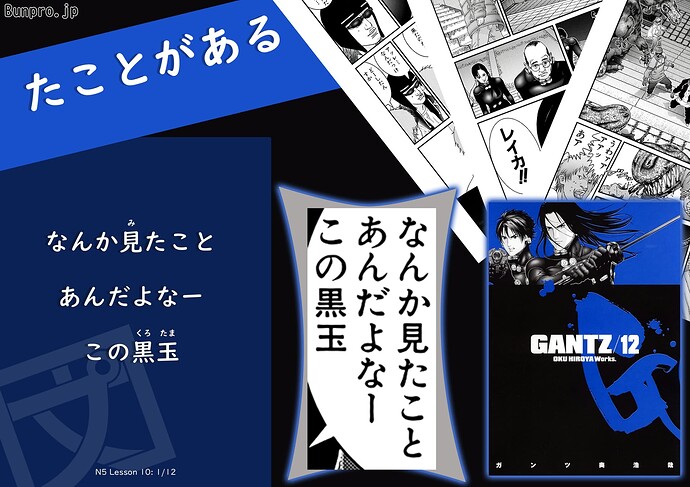Summary
I struggled with this one too. Before seeing what exactly?
Maybe to avoid long wait times for the seal, they ask you to leave your book with them before you go into the temple.
For those who don’t know, 朱印帳 is a book where you collect seals from temples. I have one, and they’re all absolutely beautiful. Highly recommended!
So here’s my attempt at a translation:
Please leave your book with us before going in.






